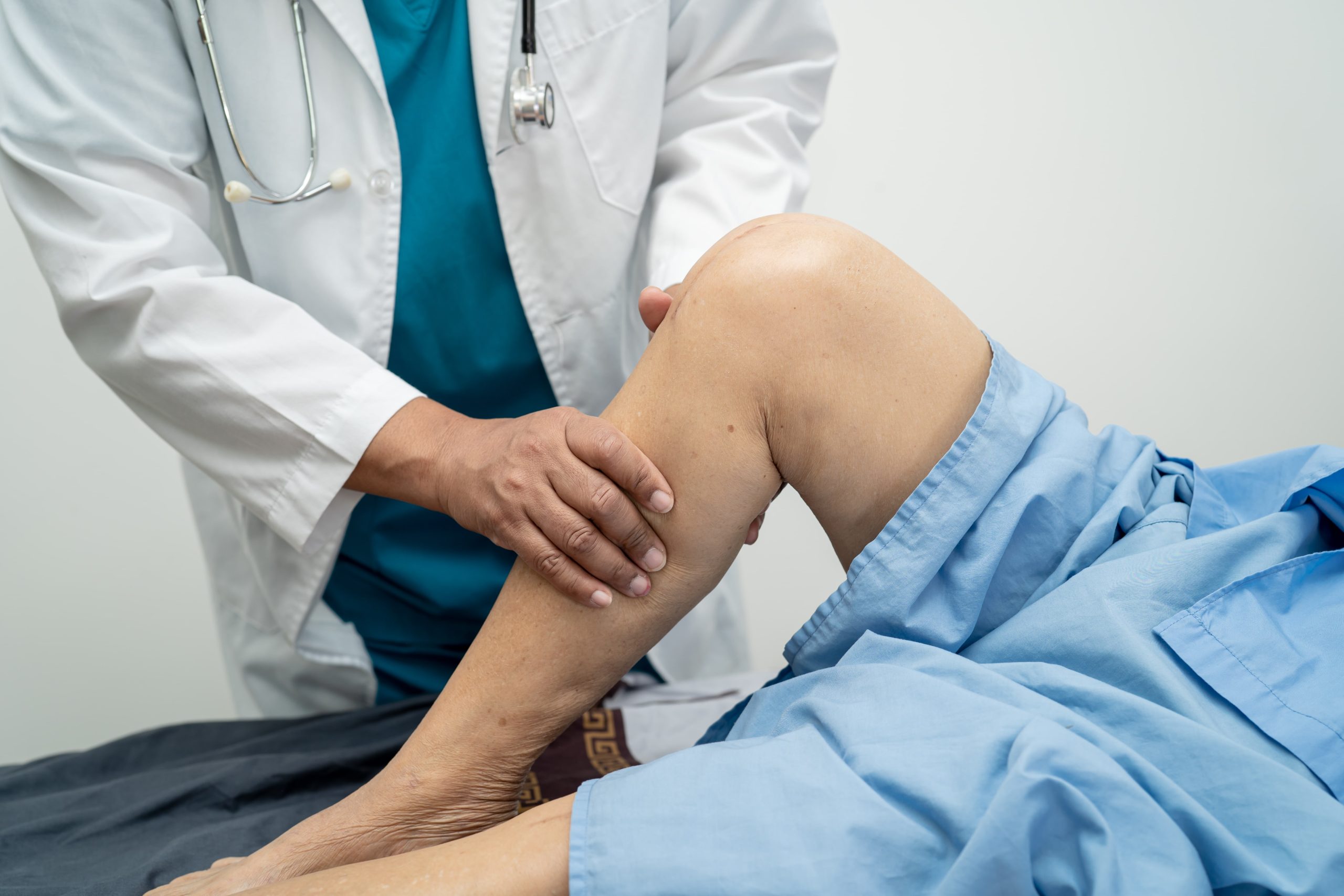If you have a joint replacement surgery coming up, you may have several questions about what the experience is like and how you’ll cope after surgery. A common question that arises is “how much pain will I experience?”. This can be a difficult question to answer directly since pain is subjective and individual threshold for pain can vary greatly. Some patients may experience an immediate alleviation of pain and are amazed by their lack of post-op joint pain. Others may not be so fortunate and may experience pain for a longer period of time. However, if this is the case for you, just remember that your level of knee or hip pain will decrease and you will feel even better than you did before the surgery.
Generally you should expect to feel less pain as you progress through your recovery. You may have heard the saying “time heals all wounds” and that seems to hold true when it comes to post-op surgery pain. The longer it has been since your surgery, the less pain you should experience. Keep in mind that this may not always be the case. Learning how to manage post-surgery pain properly can prepare you for what’s to come and limit the amount of surprises that arise.
4 Ways to Manage Pain After Joint Replacement Surgery

1. Make Sure You Ice
After joint replacement surgery you should become familiar with icing and elevating. A typical recommendation for post surgery pain management is icing your hip or knee for 15 minutes about four times in a day. This is great for limiting swelling and inflammation that is often present after surgery. Best practices indicate that it is a great idea to elevate during your icing session. To help with elevation you can use some firm pillows to prop your knee or hip up either while you’re icing or sleeping.

2. Stay on Top of Your Medication
Responsibility plays a key role in proper pain management with medication. In light of the opioid epidemic it’s important to be careful when using prescribed medication. The medication has been prescribed to help you with your physical recovery. It is critical that you use your prescription medication as instructed by your healthcare provider. Understand how the medications you are taking are affecting you as well as how often you should be taking them. Don’t forget to ask questions when in doubt.

3. Physical Therapy and Movement
There’s no denying the importance of physical therapy. Even though it can be hard to stay motivated, you will definitely notice an improvement in your recovery if you stick to it. Constant movement and exercise helps improve your range of motion and puts you on the fast track to recovery. If you don’t exercise or do your physical therapy as often as you should, you may experience prolonged pain, stiffness, and a limited range of motion several years after your surgery. Sometimes medication can make you feel fatigued and unwilling to perform your rehabilitation exercises so try to stay motivated and maybe ask a friend or family member to participate and exercise with you.

4. Meditation and Guided Imagery
Meditation is often underestimated when it comes to how effective it can be. Numerous studies have shown improvements in surgery patients’ physical and emotional wellbeing as a result of meditation. Mindfulness meditation allows you to work on being present and developing an awareness of yourself and your surroundings. If meditation seems like a stretch for you, it might be a good idea to start off with some guided imagery. This is an advanced pain management technique that allows you to achieve relaxation by using your imagination to picture a place, time or activity. All of your senses should be utilized when performing guided imagery and it is typically effective because it helps you sync your senses to achieve true relaxation.
Are you preparing or recovering from a joint replacement? If so, sign-up for Expy Health for better pain management and extra support.







